Welcome to the wild, wild West. It’s hard to claim that Southwestern fashion or the “Cowboy Country” aesthetic really went much of anywhere over the past few decades, but now there’s no denying it’s back in a big way.
While those living in the Southwest wore classic cowboy boots, hats and belts, the style was not prevalent elsewhere. But pop culture increasingly leans towards a “country” style, the fashion of the American Southwest making a mainstream comeback.
The “cowboy country” aesthetic is marked by various accessories: cowboy hats and boots or jewelry featuring stones such as jasper and turquoise. The style contains embroidery on various motifs of the desert like flowers, cacti and animals.
Also popularly featured is fringe, originating from Indigenous culture in the early days of the United States. According to Fashion Gone Rogue, the material has been popular across the world since the 14th century, becoming popular in America through its use of helping garments shed water and add camouflage by breaking up the silhouette of the wearer.
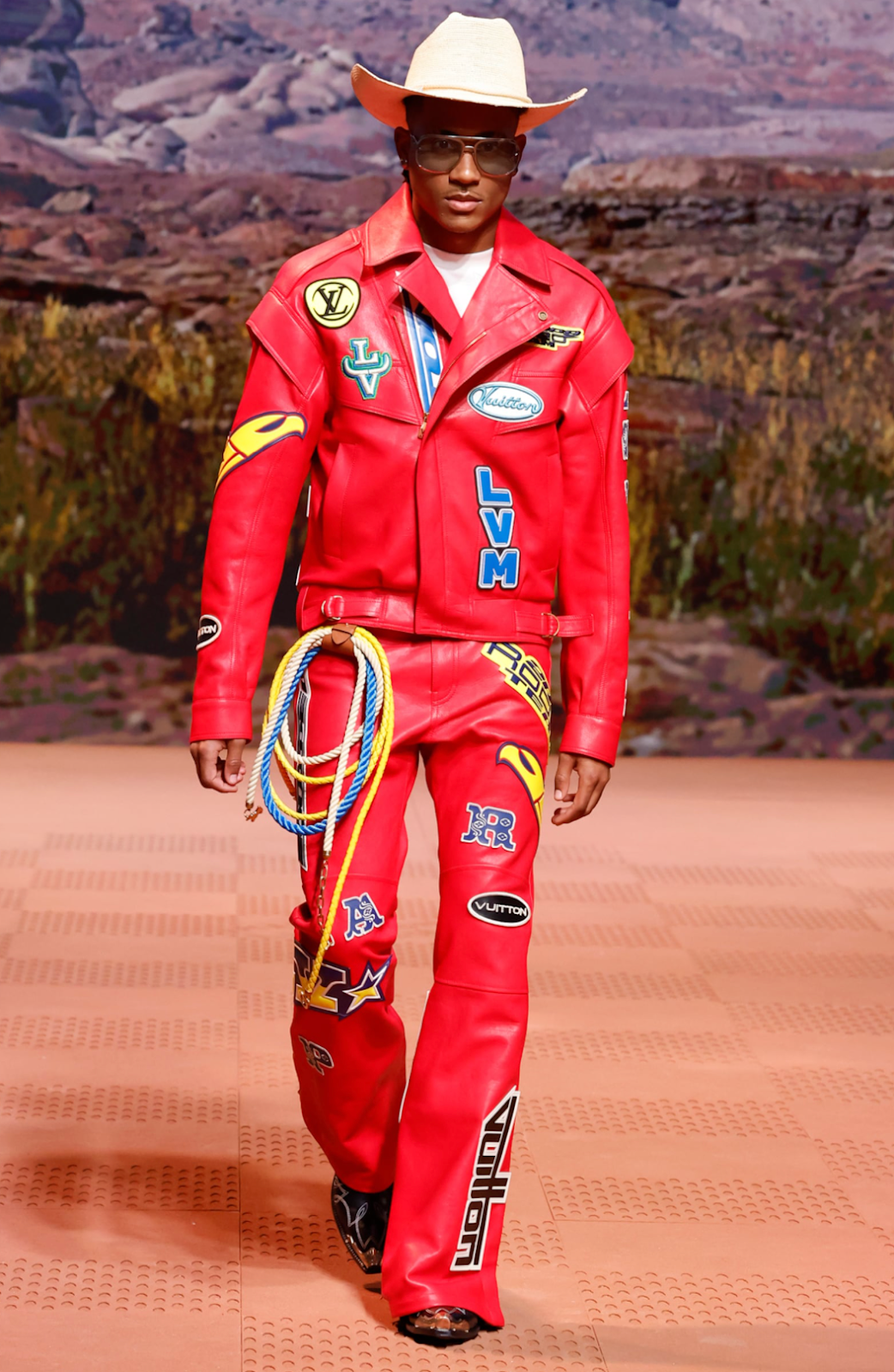
Pharrell Williams’s 2024 fall-winter collection as a Creative Director for Louis Vuitton featured leather and animal print, large brass buckles and flared jeans. One surprising look even featured a lasso.
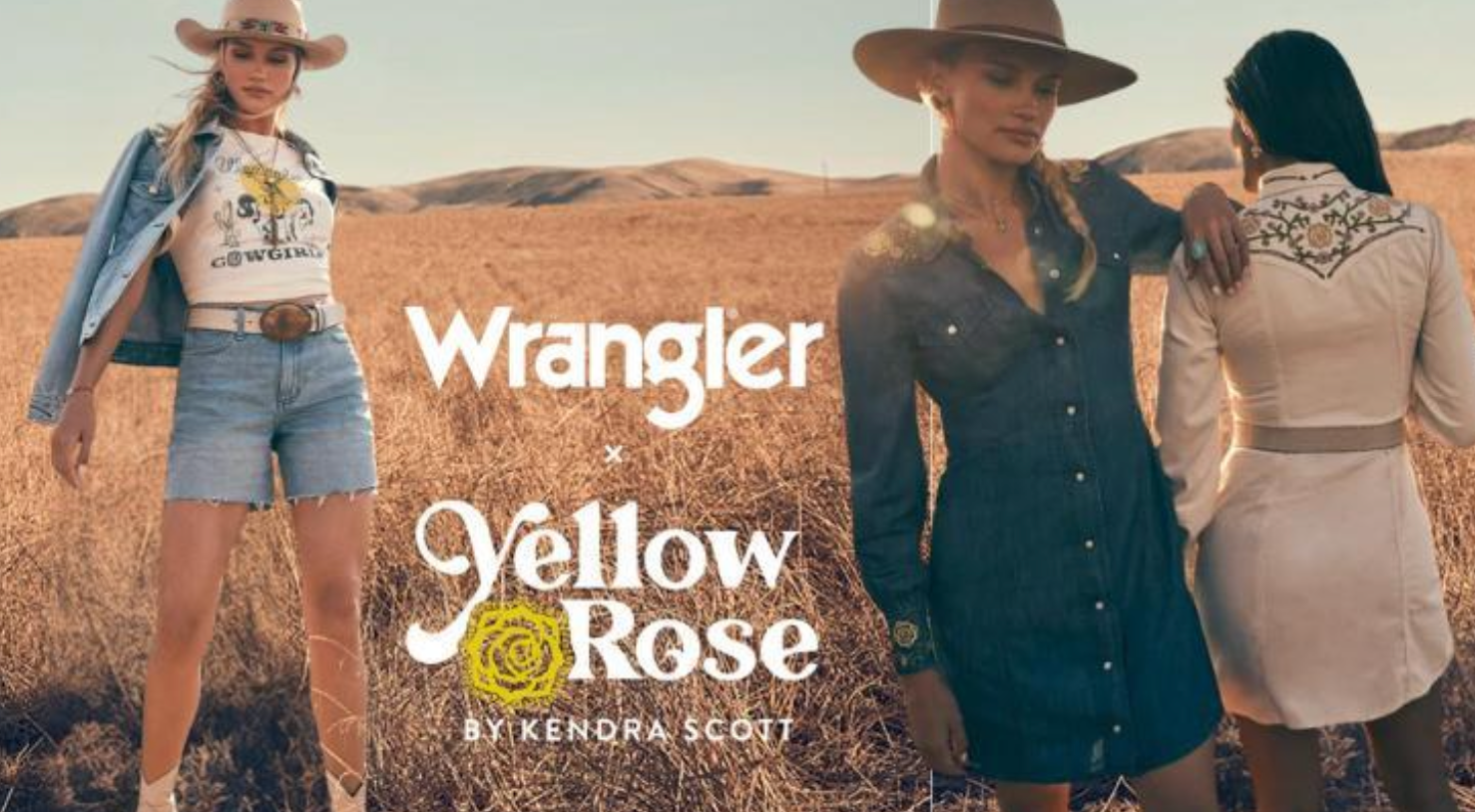
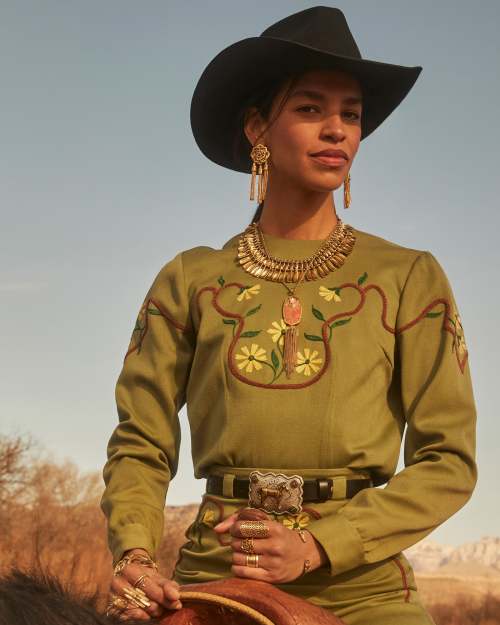
Popular jewelry brand Kendra Scott recently collaborated with Wrangler on a clothing and jewelry collection. The pieces reflect many of the current accessorizing trends: lots of turquoise, jasper stones and yellow gold. According to Yellow Rose, Kendra Scott’s brand extension, they pay homage to Texas and the American Southwest.
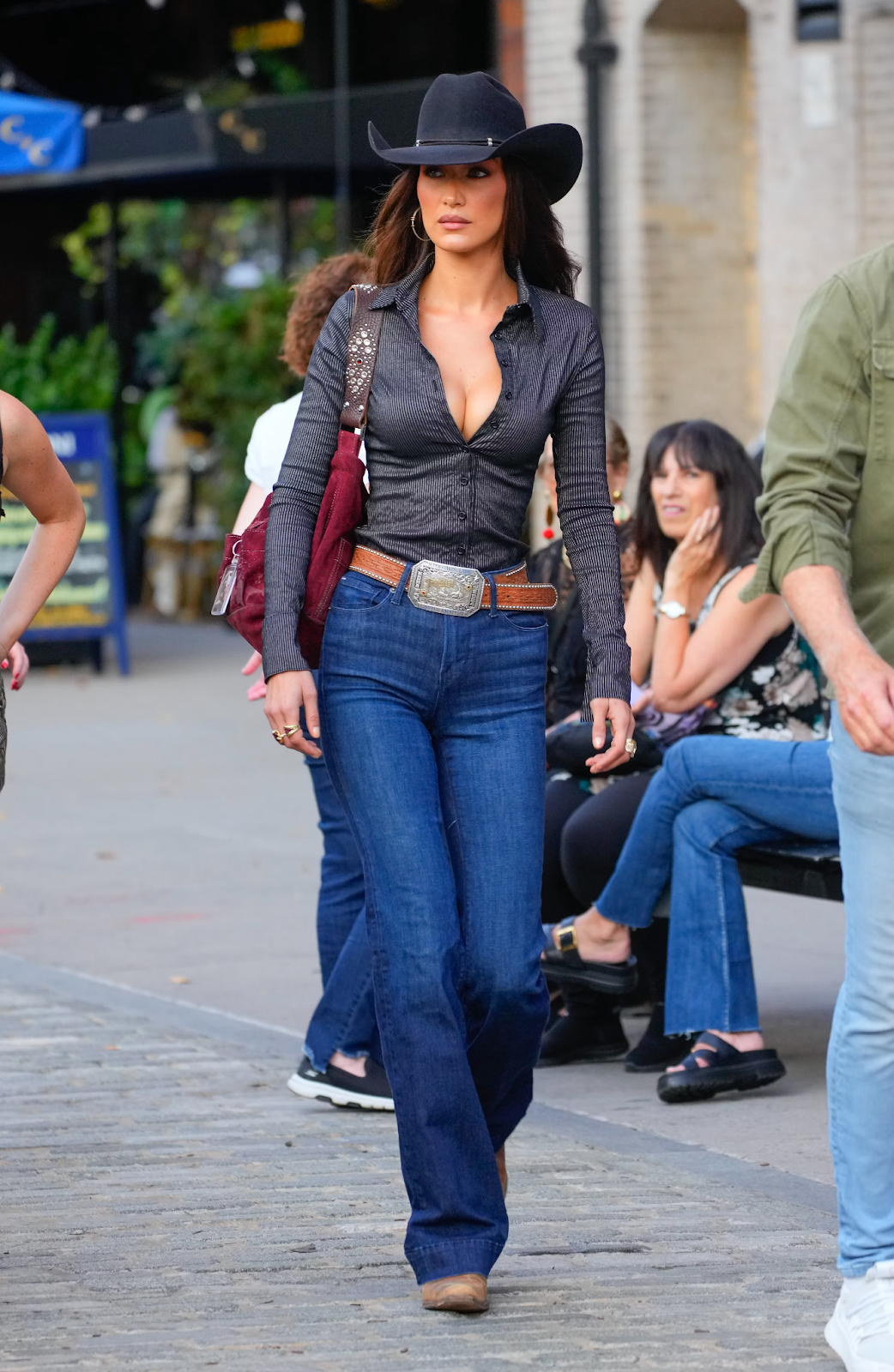
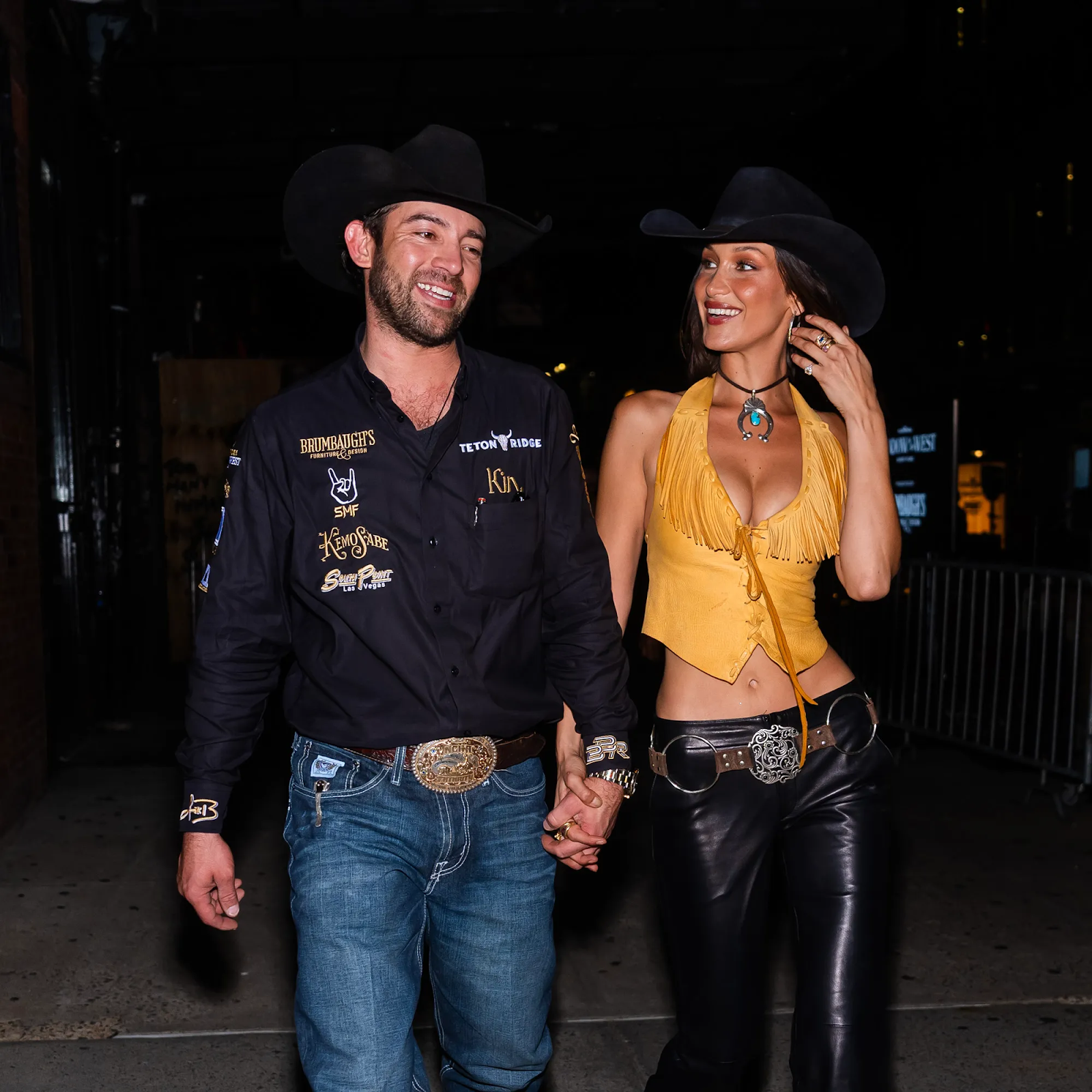
Style icon and trend-setter Bella Hadid has modeled many Western Americana pieces, with possible inspiration coming from her current partner, equestrian Adan Banuelos, according to an article from Elle. Recent festival outfits have consisted of many quintessential country elements, having many of the same features in Williams’s collection.
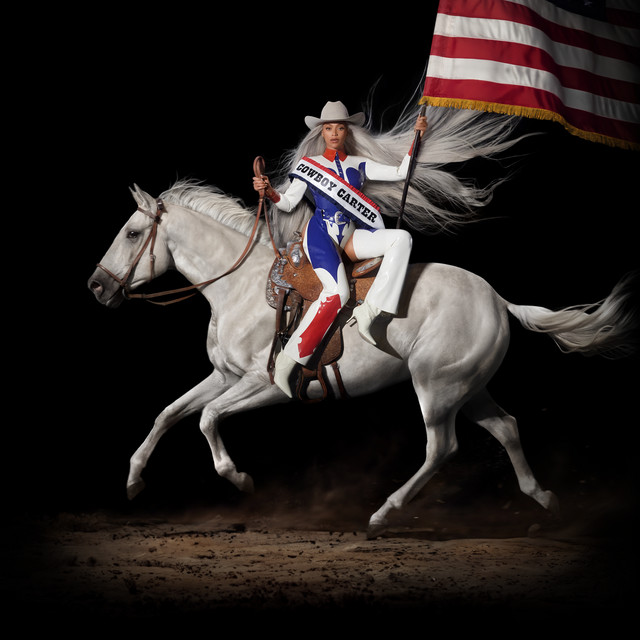
Country’s rise also appears in the music industry. Beyonce recently wrapped up the tour for her eighth and most recent studio album, “Cowboy Carter” — a country pop/western outlaw album. Sabrina Carpenter’s “Manchild” is sung with a distinctive country twang, and some of the visuals for her recent release “Man’s Best Friend” take inspiration from the western aesthetic.
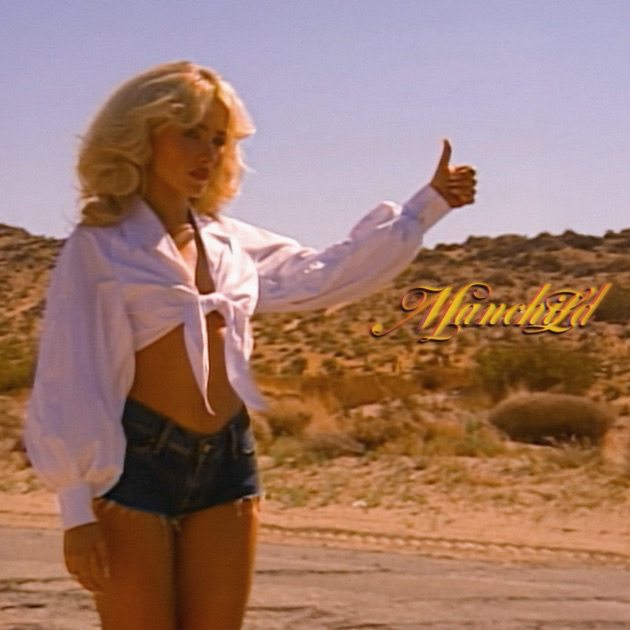
The pop charts reveal similar shifts. Many of the biggest songs this year, according to the Billboard Hot 100, were from country artists. Morgan Wallen has become almost peerless in his cross-genre success, spending 339 weeks on Billboard's Top 100 artists. He is also the only artist to have two albums spend at least 10 weeks atop the Billboard 200. Despite controversy, Wallen’s success continues.
What brought about this modern revival? Part of this shift must be attributed to the cyclical nature of trends. It has been years since country was really and truly in—it’s about time for a comeback.
On a grander cultural scale, cowboys and the wild West have often been connected to freedom and authenticity. In an increasingly global age and one dominated by passing trends, this reach for genuineness tracks. “Cowboy” and “country” fashion came out of a need for clothes to protect against the dirt and heat. While purely aesthetic for many of the modern wearers, the origin of its creation is intrinsic. It isn’t the first time that workwear has trended; just look at Carhartt jackets.
The rise of the “cowboy country” aesthetic over the last two years could be tied to additional overarching “country” and conservative trends, but the aesthetics are very different, specifically in women's fashion.
Women’s cowboy fashion allows for freedom of movement and clothing built for outdoor work. Women’s country fashion leans further into traditional gender roles, with long skirts, dresses and aprons. It’s still workwear, but specifically housework wear.
While both trends have conservative leanings—and their returns could be indicative of larger Conservative/Republican trends in the United States—the cowboy inclination toward independence of the individual marks it differently, more Libertarian than truly Conservative.
Just as “cowboy country” is indicative of the push for authenticity in the modern day, it is reflective of larger conservative trends. Fashion is political. Enjoy the country aesthetic, but always remember where it came from. Better yet, make it your own.


